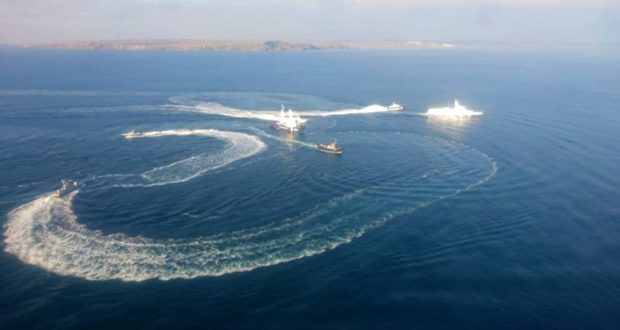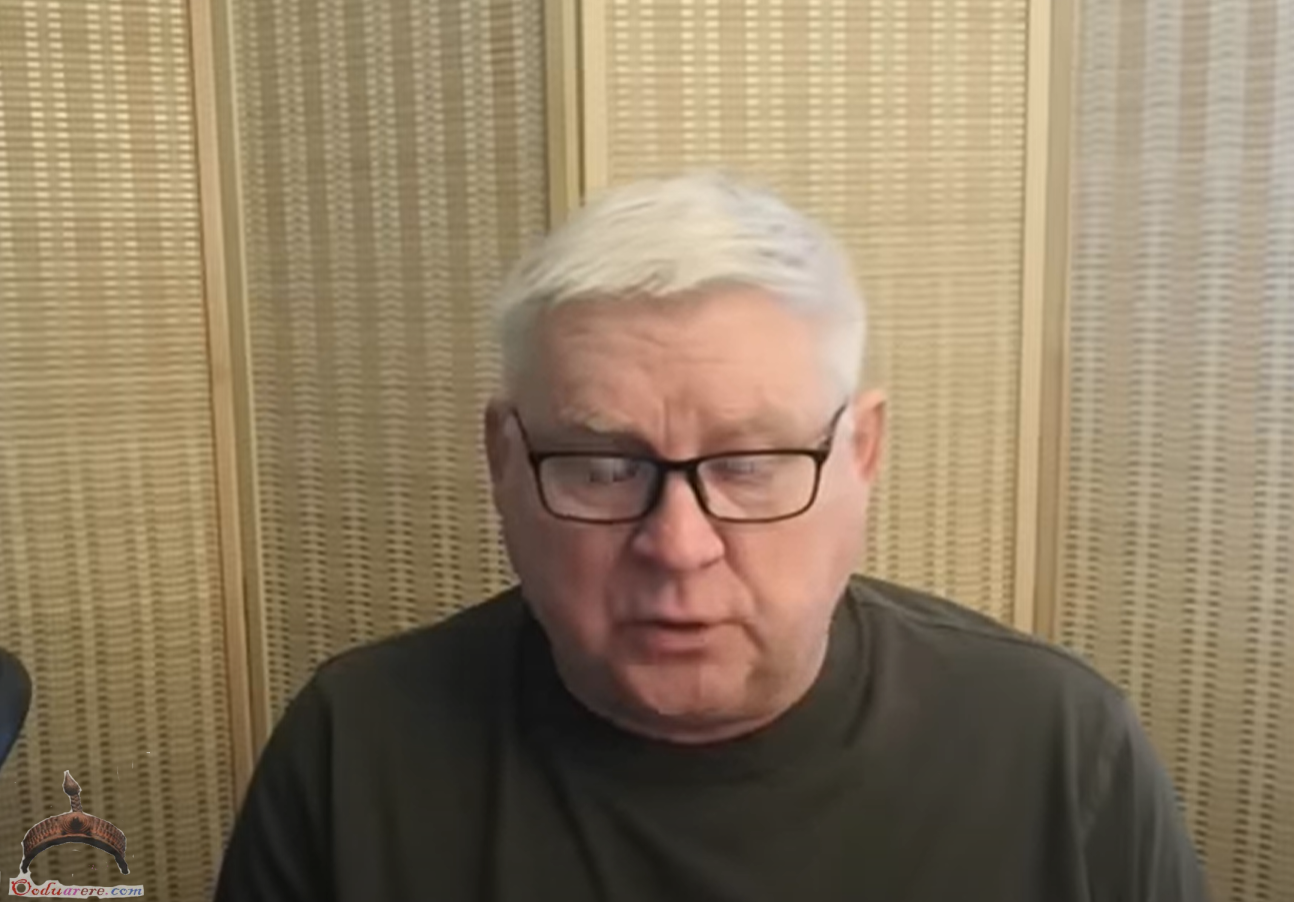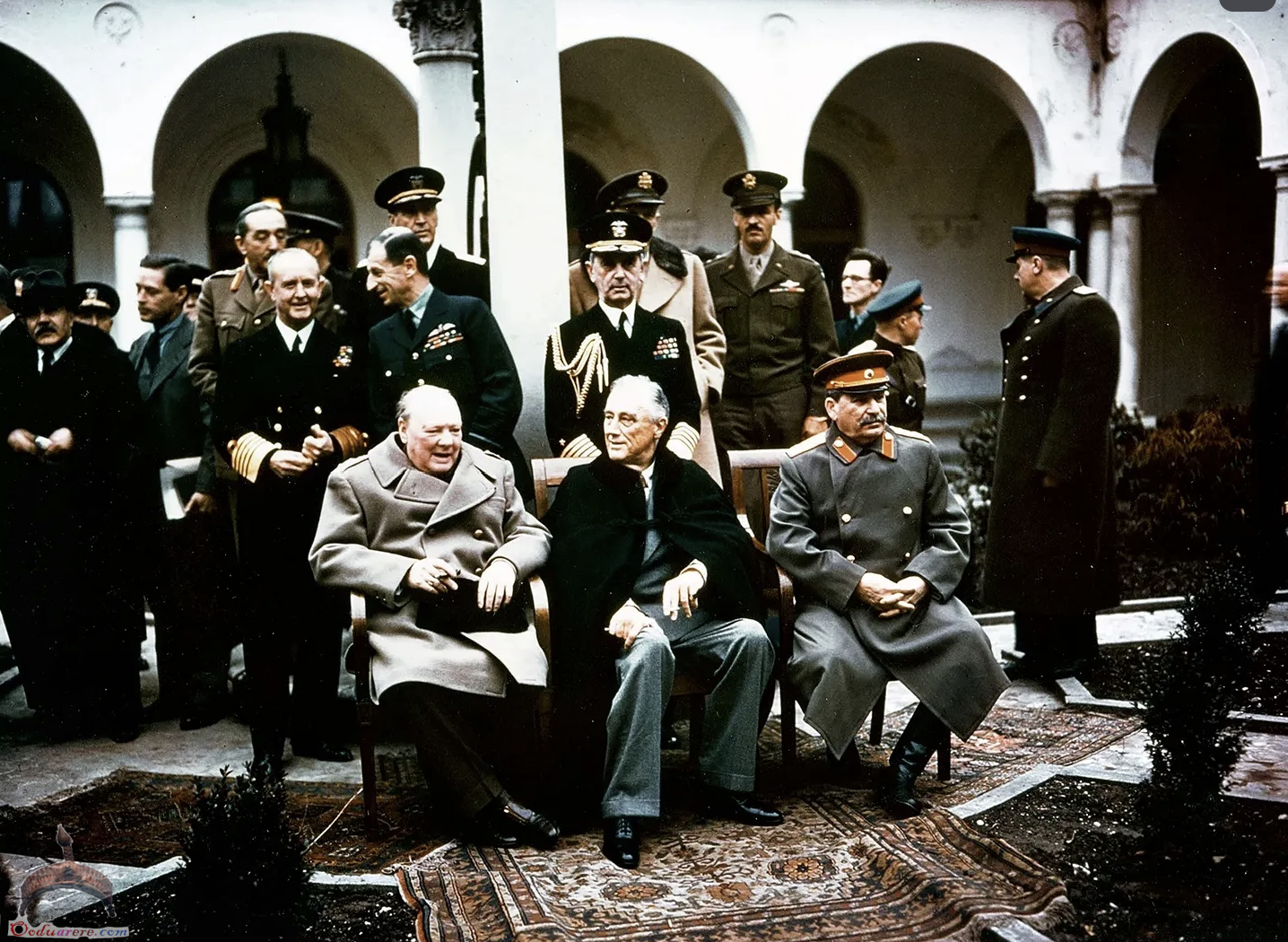On November 25, the Russian Federal Security Service (FSB) Border Service was forced to open fire on and damage Ukrainian warships, which were carrying out hostile actions and advancing in Russian territorial waters in the Black Sea off Crimea.
After the short close-quarter firefight, two Ukrainian ships were taken towed and one ship escorted by Russian forces to the Russian port of Kerch. The Ukrainian side said that 6 service members had been injured in the incident. The Russian side says that 3 Ukrainian servicemen had been slightly injured. They received medical help and there is no threat to their lives.
The data available from both sides, Ukrainian and Russian, demonstrates that the Ukrainian warships intentionally entered Russian territorial waters and were moving more deeply into them. Such a military action with the to be expected loud political coverage is not possible without a direct order from the Ukrainian top military-political leadership.
From the beginning, the Ukrainian side claimed that it informed the Russian side about the planned displacement of its ships into the Sea of Azov through the Kerch Strait. The Russian side says that there has been no request on this issue.
Even if the Ukrainian side had indeed somehow informed the Russians, it still needed to wait for an answer and permission from the Russian authorities. As the further developments showed, the Ukrainian side had received no answer/permission from the Russian side.
The existence or absence of the Ukrainian request to the Russians is irrelevant. The fact is that the Ukrainian warships violated Russian territorial waters threatening navigation in the area and provoking the Russian side.
For more than 5 hours, the Russian side had been avoiding any action to stop and block warships of the de-facto “unfriendly state” in its territorial waters. Only at about 19:00 local time, the FSB Border Service did employ real measures to put an end to the hostile actions of the warships of the de-facto “unfriendly state” in Russian territorial waters.
Summing up the existing data, it can be concluded that:
- When the Ukrainian warships entered Russian territorial waters, there was an attempt to block the advance of the Ukrainian naval group. One of the ships of the FSB Border Service provoked a maritime collision incident with a Ukrainian ship by putting its own hull on the vector of the Ukrainian warship’s advance.
- Within the next few hours, there was a close escort of the Ukrainian ships by the Russian naval group. Apparently, both the groups were inside or near Russian marginal waters.
- In a couple of hours, there was a firefight incident between the Russian and Ukrainian naval groups.
- The Ukrainian Navy recognizes that the incident happened near the borderline of the Russian 12-nautical miles zone.
- The Ukrainian naval group was completely dominated by the Russian naval group.
- There were casualties among Ukrainian service members.
- Warships of the Ukrainian naval group suffered damages.
- The Ukrainian naval group was blocked and then escorted/towed by the Russian naval group to Kerch.
There is no doubt that the leadership of the Ukrainian Armed Forces, particularly Commander-In-Chief Petro Poroshenko, gave the order to stage an action, which could cause casualties among at least military personnel. The command and servicemen of the Ukrainian Navy made every possible effort to fulfil this order.
The Russian side seemed to try to avoid an armed clash and likely attempted to solve this crisis via military-diplomatic channels for at least several hours. However, it failed to do this.
The existing data allows us to conclude that the current Ukrainian political leadership bears most of the responsibility for the November 25 maritime incident.
As to what developments we should expect in the following days, we can expect that.
The Ukrainian government will employ its propaganda and oppressive power to boost the image of Russia as the aggressive foe of Ukraine. This will lead to the escalation of tensions in the conflict zone in eastern Ukraine as well as tensions in the contact zone between Russian and Ukrainian forces in the Black Sea and the Sea of Azov.
If this fails, this incident could lead to a full discreditation of the current Ukrainian political leadership, particularly President Poroshenko, and his US supervisors.
It is important to note that overnight on November 26 the situation started escalating in eastern Ukraine where the Ukrainian Armed Forces opened a massive artillery fire on villages and towns controlled by the Donetsk People’s Republic (DPR) at 21:48 local time. This could indicate that the Poroshenko regime is intentionally fueling military tensions in the region in order to start a new conflict.
Overnight on November 26, Poroshenko held a meeting with the military cabinet and announced the introduction of martial law. Furthermore, the Ukrainian Armed Forces were brought to “full” combat readiness.
The introduction of martial law allows the delay of the 2019 presidential election in Ukraine, which is currently set to be held on March 31, 2019. According to polls, Poroshenko would be highly likely to lose his presidential post were the election to take place now. The armed conflict and martial law may allow him to change the situation in his favor.
Such a conflict would also allow Ukraine’s “Western partners” to boost their military presence in the country and nearby regions thus further destabilizing the situation.
 Ọmọ Oòduà Naija Gist | News From Nigeria | Entertainment gist Nigeria|Networking|News.. Visit for Nigeria breaking news , Nigerian Movies , Naija music , Jobs In Nigeria , Naija News , Nollywood, Gist and more
Ọmọ Oòduà Naija Gist | News From Nigeria | Entertainment gist Nigeria|Networking|News.. Visit for Nigeria breaking news , Nigerian Movies , Naija music , Jobs In Nigeria , Naija News , Nollywood, Gist and more







